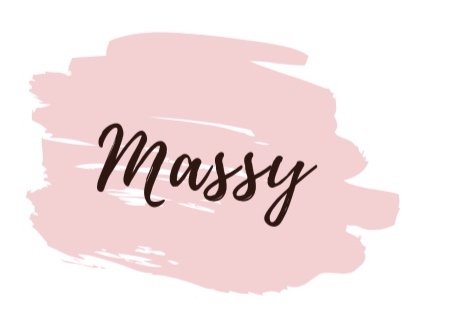Overwhelmed? Can’t stop worrying and overthinking about something? Sometimes we feel like we are stuck in a storm of our own thoughts and emotions. When this happens we feel we are caught up in a loop and it is hard to find a way back to calm. The below exercise is a quick and practical technique that can help you reduce anxiety and feel more grounded and centered on a tough day. The goal of this simple mindfulness exercise is for you to notice what you are experiencing in the present moment through any or all of your five senses: sound, sight, touch, taste, and smell.
Is it effective? Yes, this exercise helps you by creating sensory awareness, interrupting the unhealthy thought pattern, and shifting your focus from what is causing you anxiety to your surroundings in the present moment.
Step One: Sit in a comfortable upright position with your feet planted flat on the ground. Rest your hands on your thighs or on your chair arm.
Step Two: Notice your breath. No need to breathe in any particular way. Just bring attention to each part of the breath — the inhale, exhale, and space in between.
Step Three: Bring awareness to each of your five senses, one at a time, for about one minute each. The point here is to focus on the present moment and how each sense is being activated in that moment.
The order in which you pay attention to each sense does not matter.
-
Sound: Begin to notice all of the sounds around you. Try not to judge the sounds, but just notice them. Sounds can be internal, like breathing or digestion, or they can be close by or more distant like the sound of air vents and traffic. As you concentrate, you may begin to notice subtle sounds you did not hear before. Are you now hearing more noises than you were before you started?
-
Sight: Don’t just look but pause and really observe your surroundings. You may notice things that have gone unnoticed before such as colors, shapes, and textures.
-
Touch: Bring your attention to the sensations of skin contact with air, your chair, clothing, and feet on the floor. You can notice the pressure between your feet and the floor or your body and the chair. You can observe temperature like the warmth or coolness of your hands or feet. You can also feel several objects on your desk, or wherever your sitting, to fully focus your attention on the present.
-
Taste: You can do this one even if you have food in your mouth! You may notice an aftertaste of a previous drink or meal. Did you know we have tastes in our mouth that often go unnoticed? You can just notice your tongue in your mouth, your saliva, and your breath as you exhale. You can run your tongue over your teeth and cheeks to help you become more aware.
-
Smell: Now shift your attention to notice the smells of your environment. Maybe you smell food or scent present in the room. You might become aware of the smell of trees or plants if you are outside. You might notice the smell of books or paper. Tip: Sometimes closing your eyes can help sharpen your attention.
Reflection: When you are finished with this exercise, pause to notice how your body feels in this moment. Ask yourself — how do I feel now compared to how I started? what has changed? If you find yourself thinking “I didn’t feel completely present, I couldn’t quiet my mind and concentrate“, then don’t give up! It is completely normal to notice the thoughts coming into your mind. Our brains are designed to think, but we can learn to refocus our attention. Take this as an opportunity to observe your thought pattern, be kind to yourself, and not judge. When you notice your mind getting distracted, just redirect your attention back to the present moment. There is no wrong or right way to do this!
Try this exercise next time you’re feeling overwhelmed. This can be an useful tool to utilize before a special event such as a work presentation or a job interview, as well as events you know are particularly triggering to you such as a doctor’s visit.
Final thought: practice, practice, practice! Practice this exercise at times when you’re not as stressed so you know exactly how to use it when you need it the most.
That’s it! Until next time.
Love,


